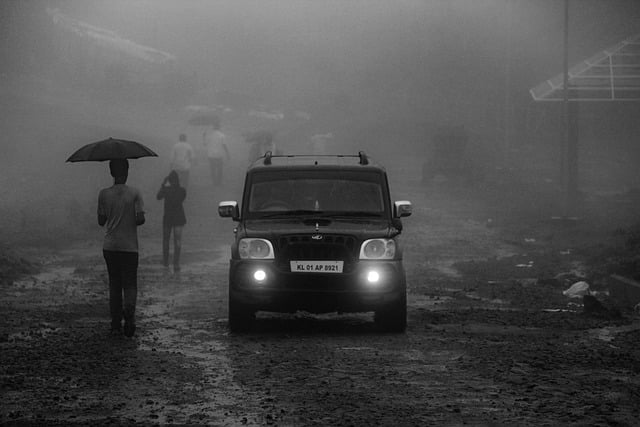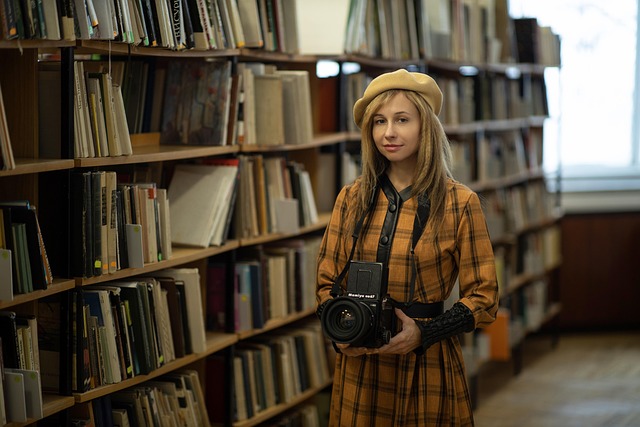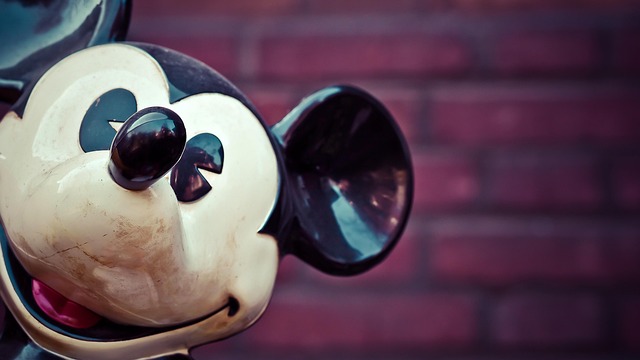In a world where creativity meets commerce, the media industry represents the fusion of talent, innovation, and strategic partnerships. Whether it’s blockbuster movies in cinema, thrilling concerts, or electrifying festivals, the heart of this industry beats strongest where licensing comes into play. Understanding the nuances of license can be the key to unlocking new avenues of success for artists, producers, and entire companies.
Let’s start with the entertainment industry, which thrives on the continuous flow of creative content. Licensing agreements are essential here, providing creators the ability to utilize existing works or establish partnerships that benefit all parties involved. From a hit song being played in a movie to a well-known character appearing on merchandise, these agreements allow creators to monetize their work without losing the rights to it. The license transforms a single project into multiple revenue streams, amplifying the artist’s reach and reinforcing their brand.
When it comes to concerts and festivals, licensing is equally vital. Organizers must navigate a labyrinth of agreements to showcase their chosen artists while ensuring all permissions are in place. Imagine the excitement of a summer music festival: thousands of fans gathered to experience their favorite bands live. Behind the scenes, licensed agreements ensure that artists receive fair compensation, venues operate legally, and the overall experience remains lawful and enjoyable for everyone involved. Every chord struck on stage is supported by an intricate web of contracts and licenses.
In the realm of cinema, the process of licensing takes on a dramatic flair. Film production often involves a host of licenses pertaining to music rights, copyrighted material, and even location agreements. The iconic scenes in our favorite films often owe their emotional resonance to carefully licensed tracks. The sound of a familiar song can evoke nostalgia, while the film itself brings stories to life. The synergy created between visual and auditory elements bolsters the overall experience, but it is the underlying licensing that makes it all possible.
The music industry is perhaps the most illustrative example of the importance of proper licensing. Artists, songwriters, and producers must navigate a complex landscape of rights to ensure their creative works are protected while simultaneously making them available for use in various platforms. There are performance licenses, mechanical licenses, synchronization licenses, and more, each serving a unique purpose that contributes to the industry as a whole. The right licensing arrangement can propel an unknown artist into the limelight or keep a seasoned musical powerhouse thriving.
As we traverse through these vibrant sectors of the media industry, the role of licensing becomes increasingly evident. It serves not just as a framework for legal compliance but as a foundation for collaboration and creativity. Each license not only legitimizes the work but also amplifies its potential impact, driving the vibrant cultural tapestry that defines our entertainment landscape. In this ever-evolving landscape, mastering the art of licensing could very well be the secret ingredient to sustained success.



